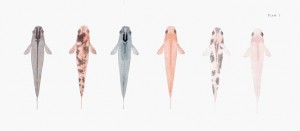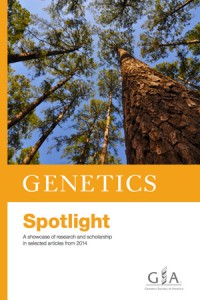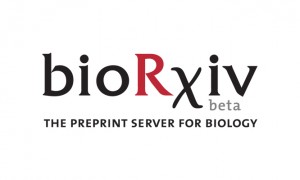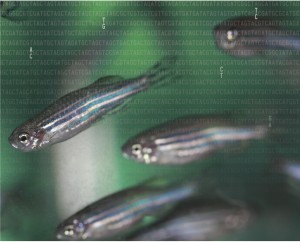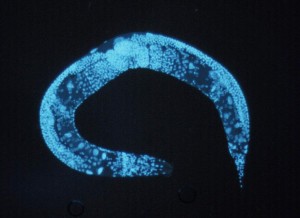Enter your address to receive notifications about new posts to your email.
Search results for genomics
(218 results)
-
Medaka Genetic Toolbox: Old fish, new tricks
Since the 17th century, the tiny medaka fish that dart through rice paddies in Japan have been bred as living ornaments. Though in the wild they are a nondescript mud color, medaka occasionally turn up in flashier mutant varieties — orange-red, pearlescent white, black splotched — that were much prized by generations of fish fanciers.…
-
Spotlight on 2014 research
From animal domestication to human genome variation, from loblolly genomes to lager genomes, from wild zebrafish sex to untangled metagenomes, last year brought plenty of high points for the GSA journals. So gathering a small selection of those high points into the 2014 Spotlight booklets was a challenging, but rewarding task for the editors of GENETICS…
-
April GENETICS Highlights
The April issue of GENETICS is out now! Check out the highlights below of the full Table of Contents here. Nascent transcription affected by RNA polymerase IV in Zea mays, pp. 1107–1125 Karl F. Erhard Jr., Joy-El R. B. Talbot, Natalie C. Deans, Allison E. McClish, and Jay B. Hollick RNA polymerase IV (Pol IV) is required…
-
New G3 editors: de los Campos, Marshall, Myers, Ross-Ibarra, Slotte & Warburton
G3 welcomes new Associate Editors Gustavo de los Campos, Christian Marshall, Chad Myers, Jeff Ross-Ibarra, Tanja Slotte, and Marilyn Warburton! GUSTAVO DE LOS CAMPOS University of Alabama at Birmingham The academic interests of Gustavo de los Campos center on statistical learning methods with emphasis on applications in quantitative genetics. He completed two MS and a…
-
GSA journals partner with bioRxiv
Today we announced good news for our authors who use the bioRxiv preprint server! In partnership with Cold Spring Harbor Laboratory, the GSA journals GENETICS and G3 are rolling out a new feature that allows authors to submit their manuscript for peer review at one of our journals and, if they choose, simultaneously post it…
-
Know your Fish: A defined zebrafish line for CRISPR:
Zebrafish develop fast. They are conveniently small. Their embryos are stunningly transparent. But despite their many powerful advantages as a genetic model, they have a drawback that complicates the use of methods like CRISPR, morpholino knockdown, and RNAseq: they are not great inbreeders. Because inbred zebrafish stocks tend to be sickly, most research relies on…
-
GENETICS and G3 in the News
Select coverage of Wilkins et al. A new hypothesis is proposed to explain the ‘domestication syndrome’ observed in mammals, by Wilkins et al. pic.twitter.com/Kle437irax — Alex Cagan (@ATJCagan) July 28, 2014 The Economist: “How the labrador got its spots” The Conversation: “Why so many domesticated mammals have floppy ears” (Syndicated by LiveScience, Io9, IFLS, Sydney…
-
Turning to the Worm
When Scott Alper and colleagues looked for candidate regulators of mammalian innate immunity based on gene expression data, the hit rate was only around 2%. By using a comparative genomics approach — starting with an RNAi screen in Caenorhabditis elegans — their hit rate rose to nearly 30%. In a new GENETICS article, published as…
-
Instagram Link Archive
This an archive of images and related links from our Instagram account (@geneticsgsa). August 2, 2018 Our August GENETICS cover features a colorful karyotype from the Yeast Art Project. This design, made up of yeast engineered to produce different pigments, was “printed” onto a Petri dish by an acoustic droplet ejection robot. As the yeast colonies…


